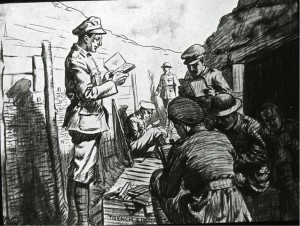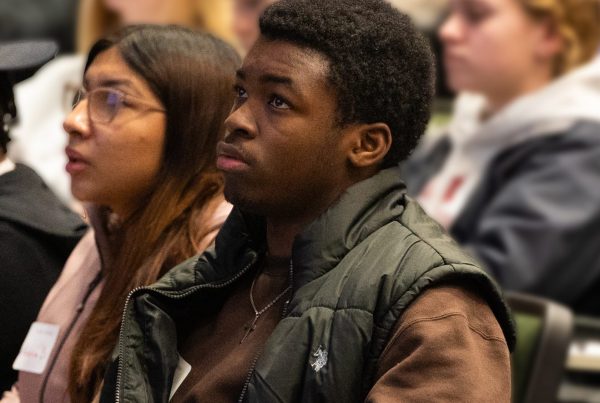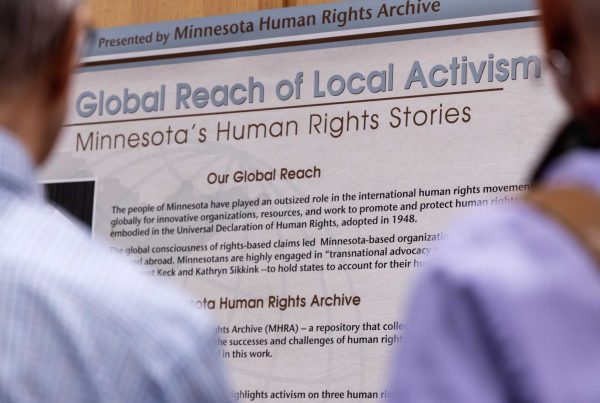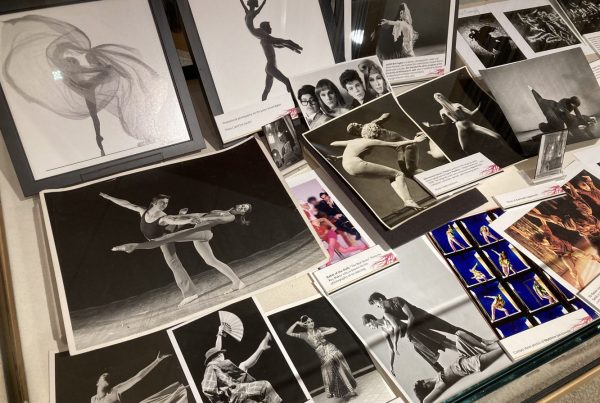By Kathryn Schmidt
Intern, Kautz Family YMCA Archives
When we think of a library, we may picture the typical modern library, a community space with books and other publications available to the public for study. However, many of the libraries we know today were preceded by the early libraries and reading rooms of the Young Men’s Christian Association (YMCA).
While public libraries did exist before the YMCA, the YMCA’s reading rooms were frequently open to a broader audience and could be found in a variety of locations—from downtown to the railroad station. In addition, the YMCA expanded the definition of what a library could be, going beyond a place of study, becoming a gathering place for dialogue and debate.
The reading room
The YMCA came to the United States by way of Boston thanks to two men: Captain Thomas Valentine Sullivan and George Van Derlip. Van Derlip, who had been studying in Edinburgh, visited the original YMCA in London and was very impressed by their services offering books, refreshments, and fellowship. Shortly after its founding, the Boston YMCA moved into rented spaces containing a “suite of attractive rooms for lectures, socializing, and reading.”To appeal to the young men who were coming to Boston to find work, the YMCA stocked their reading rooms with “newspapers from all over New England, so that a young man might find something familiar, a touch of home.” The reading room quickly became a popular feature, and as more YMCAs were built around the country, the reading room and library became a standard feature.
The portable library
The YMCA did not stop with in-house reading rooms and libraries; they also extended this service to American troops during times of war. The YMCA has been involved with the military as far back as the Civil War, when the U.S. Christian Commission, an offshoot of the YMCA, provided reading material to federal soldiers and sailors.
This was done using a portable loan library program in which there were “215, 125-volume libraries and 70, 75-volume libraries that were loaned out to various units. The volumes contained reading material on a variety of subjects including history, poetry, science, and religion.” (Houde,113) During the Spanish American War in 1898, the YMCA once again saw the need for these libraries in the military and thanks to a $15,000 grant from the Rockefeller Foundation they were able to develop a library program for the troops along the Mexican border.
Today, people may think of the YMCA as a gym or fitness center. This is true, but many are unaware of how the YMCA began, and what it has influenced. From the beginning, the Young Men’s Christian Association was a wholesome place for men, and later women, to come together to grow stronger, not just physically, but mentally and emotionally. The early libraries and reading rooms in YMCAs were places to harbor that growth. They also contributed to the development of the public library.
Sources:
Boston First: 40 Feats of Innovation and Invention that Happened First in Boston and Helped Make America Great by Lynda Morgenroth.
YMCA Libraries on the Mexican Border, 1916 by David M. Houde


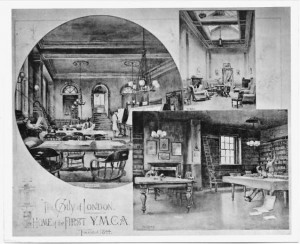
![Boys studying in the School Library. [Nanking (Nanjing), China YMCA]](https://libnews.umn.edu/wp-content/uploads/2023/09/YMCA-3-300x211.jpg)
